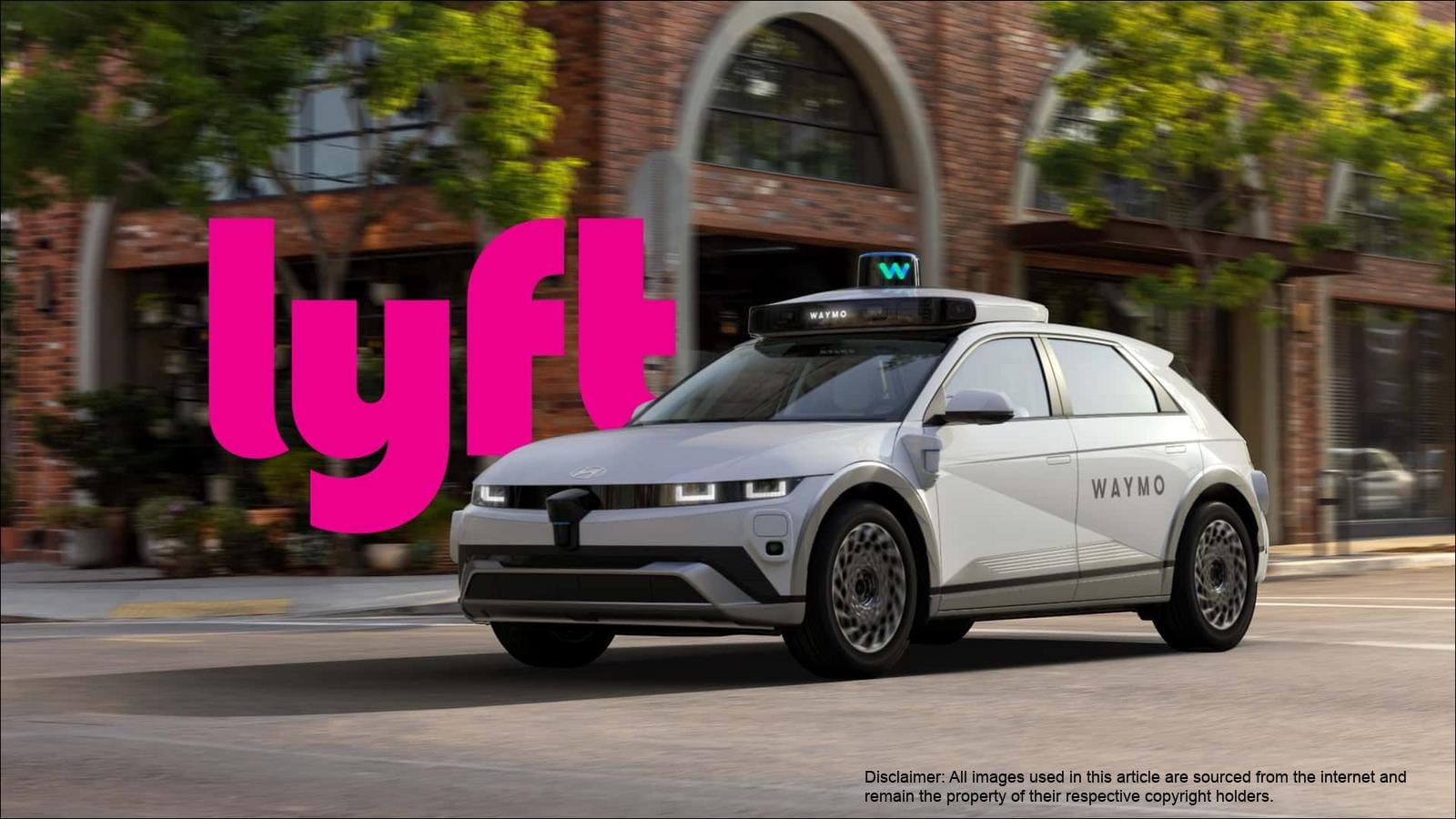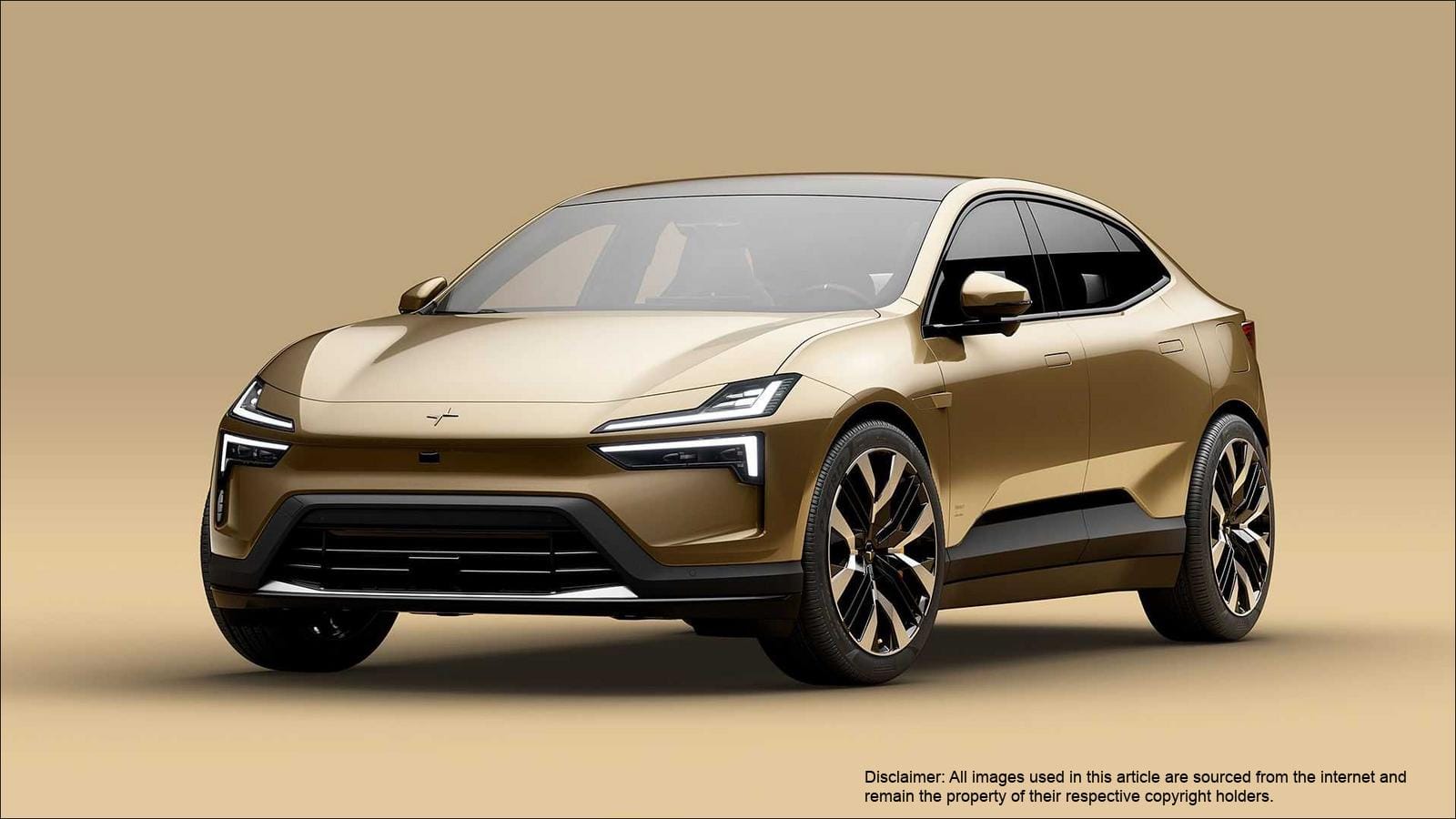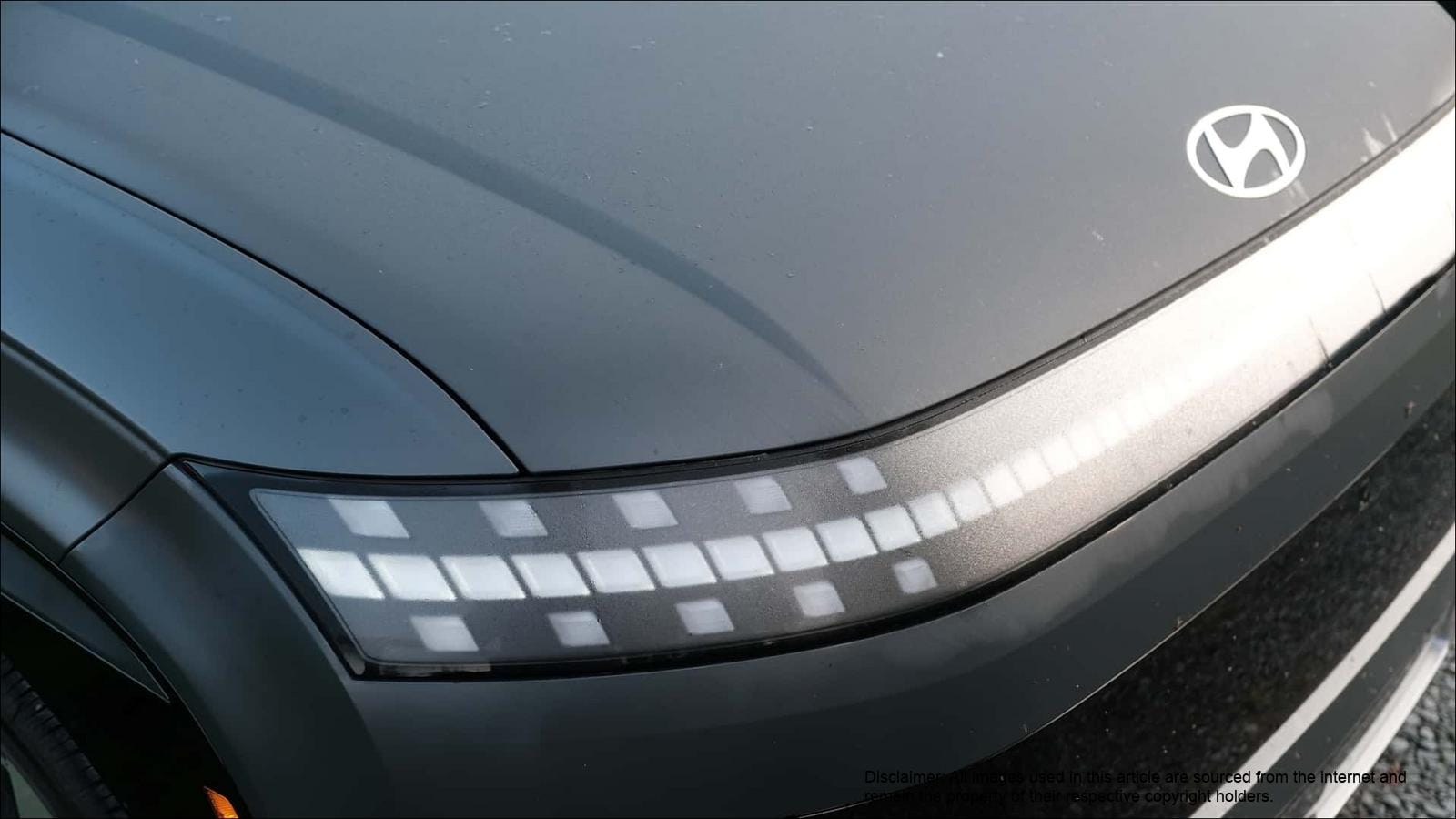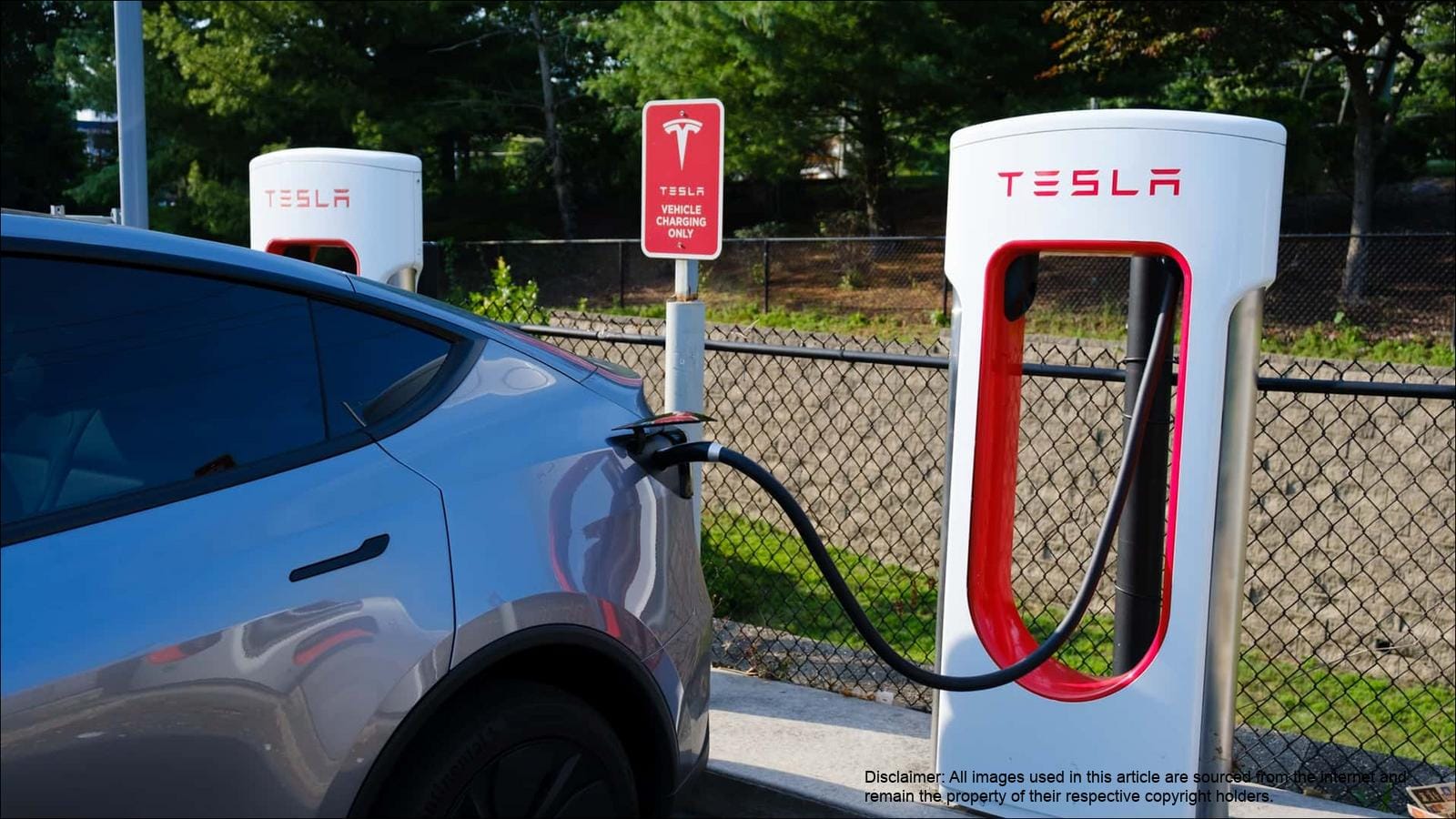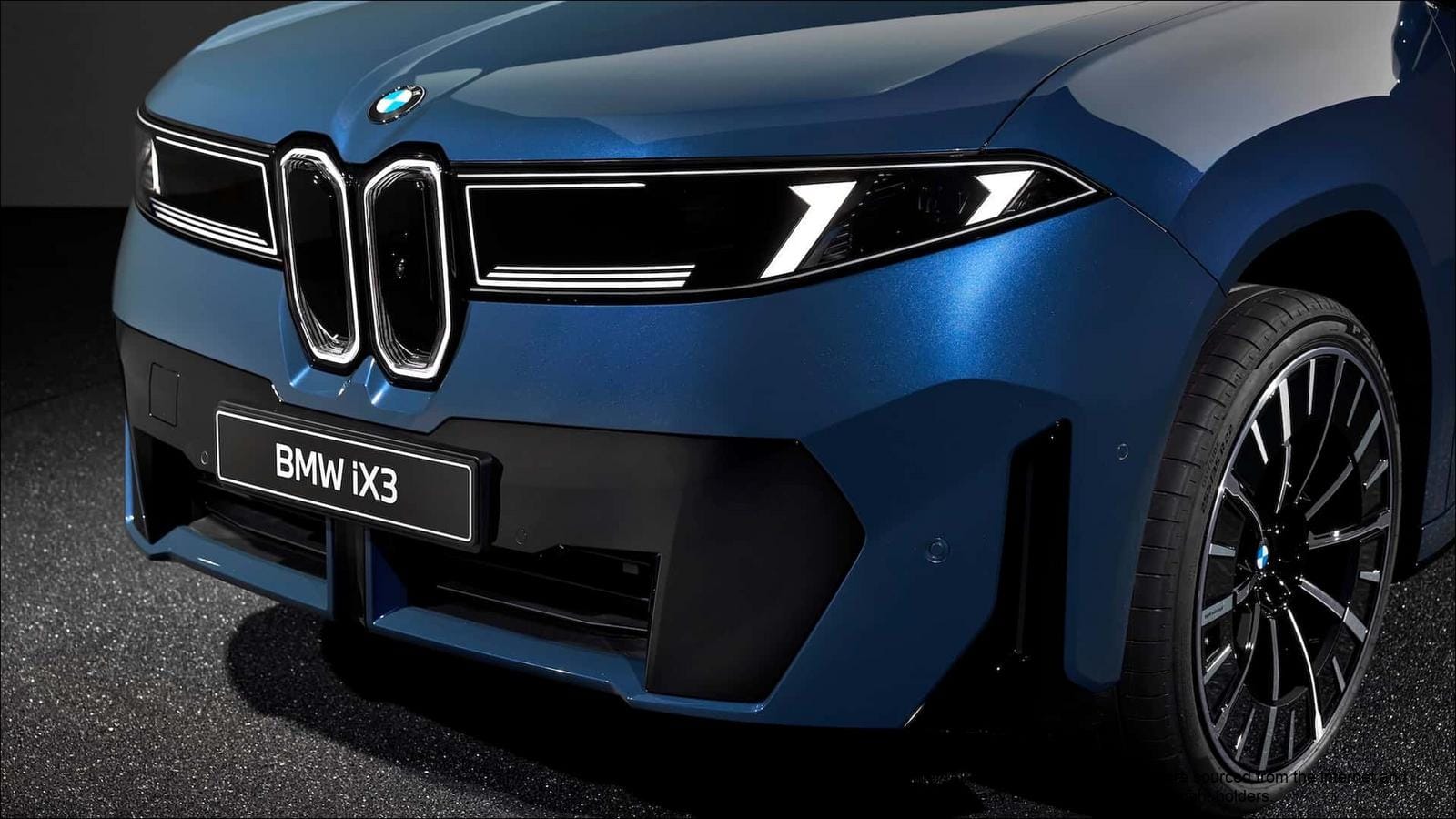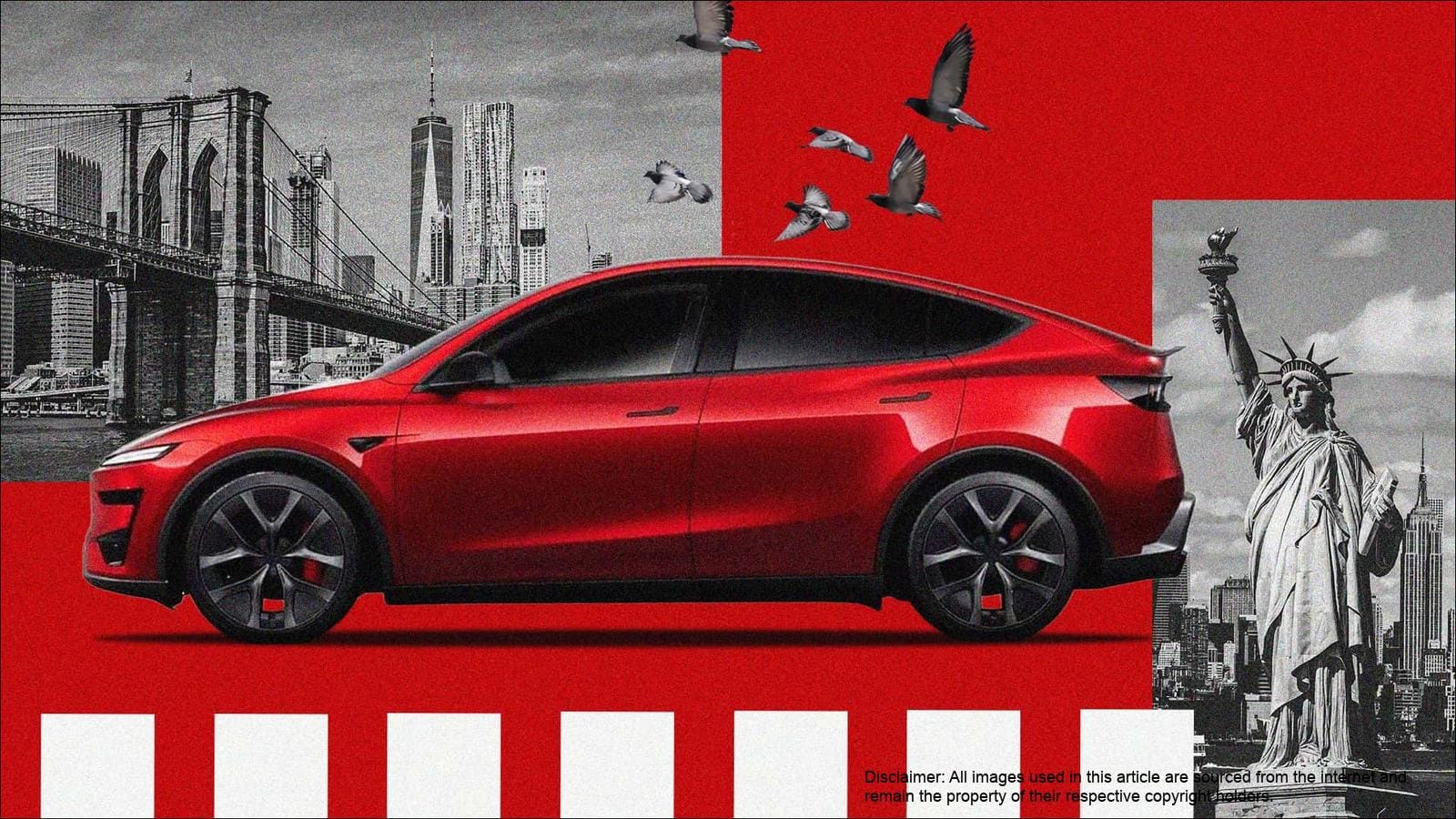Real-World Highway Range Test: The Numbers Don’t Lie
Enter Kris Rifa, a well-known EV enthusiast and tester, who recently conducted what is believed to be the first real-world highway range test of the Volvo EX90. Rifa rented a brand-new EX90 in Spain to rigorously assess its performance under typical driving conditions. The tested model was the Performance variant, equipped with the aforementioned 21-inch wheels, which carries the 310-mile EPA rating in the United States.
Rifa’s testing methodology involved driving at a constant speed of 75 miles per hour (120 kilometers per hour) on a Spanish highway. To mitigate the impact of elevation changes, he performed a loop, ensuring that any uphill segments were balanced by corresponding downhill sections. The test concluded at the same Ionity DC fast charging station where it began. The weather conditions were ideal, with mild winds and a temperature of approximately 68 degrees Fahrenheit (20 degrees Celsius).
After completing the loop, the EX90 reported an average energy efficiency of 2.38 miles per kilowatt-hour (kWh), or 26 kWh per 100 kilometers. Given the EX90’s usable battery capacity of 107 kWh, this translates to a real-world range of approximately 255 miles (410 km) at 75 mph. Factoring in an estimated 3% for energy losses, the range drops slightly to 247 miles (399 km).
While a range of 247 miles is respectable for a large, 5,400-pound SUV, it falls significantly short of the advertised 310-mile EPA rating. It’s important to note that the EPA’s testing cycle includes a mix of city and highway driving, which typically yields higher range figures than sustained high-speed travel.
| Metric | Value |
|---|
| EPA Rated Range (with 21-inch wheels) | 310 miles |
| Real-World Range at 75 mph | 255 miles (247 miles with 3% loss) |
| Average Energy Efficiency (Rifa’s Test) | 2.38 miles/kWh |
| Usable Battery Capacity | 107 kWh |










